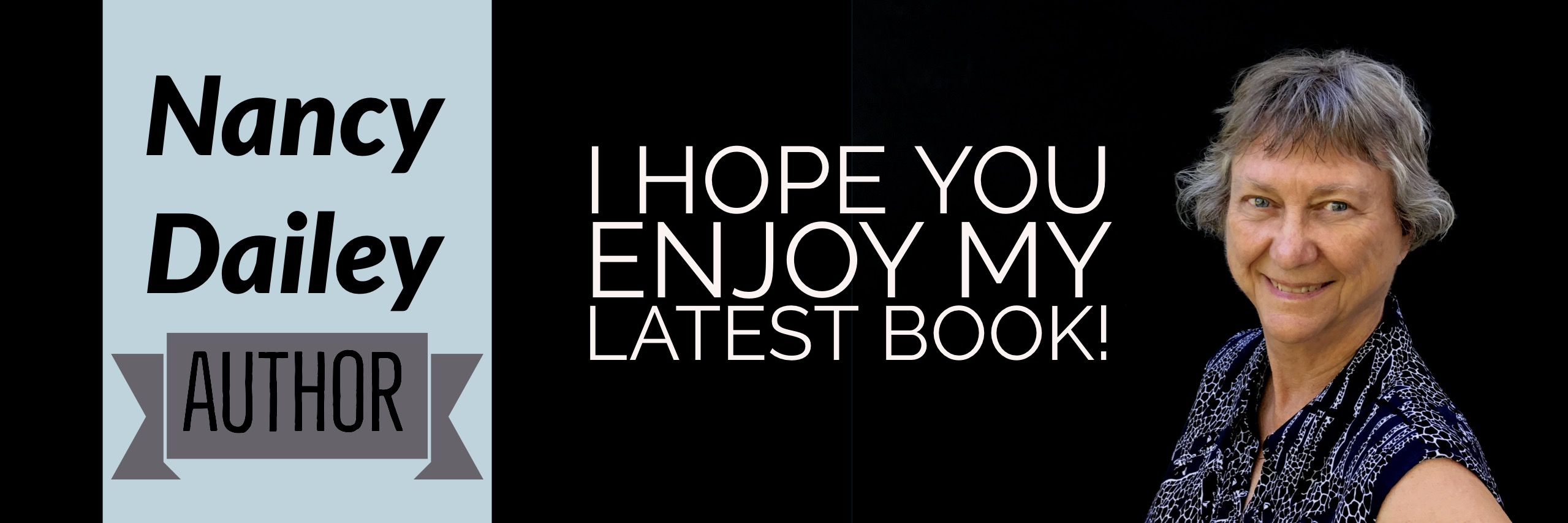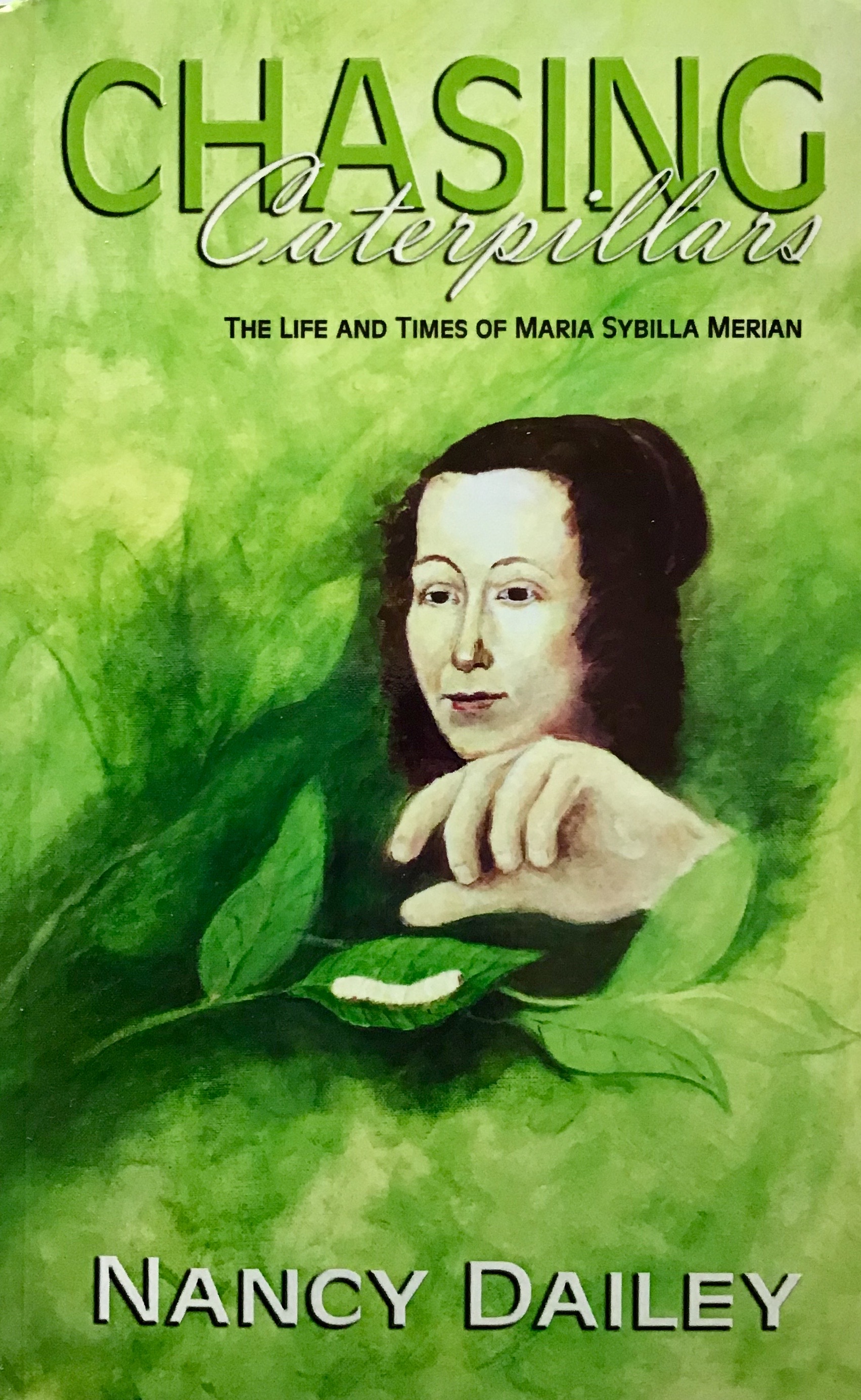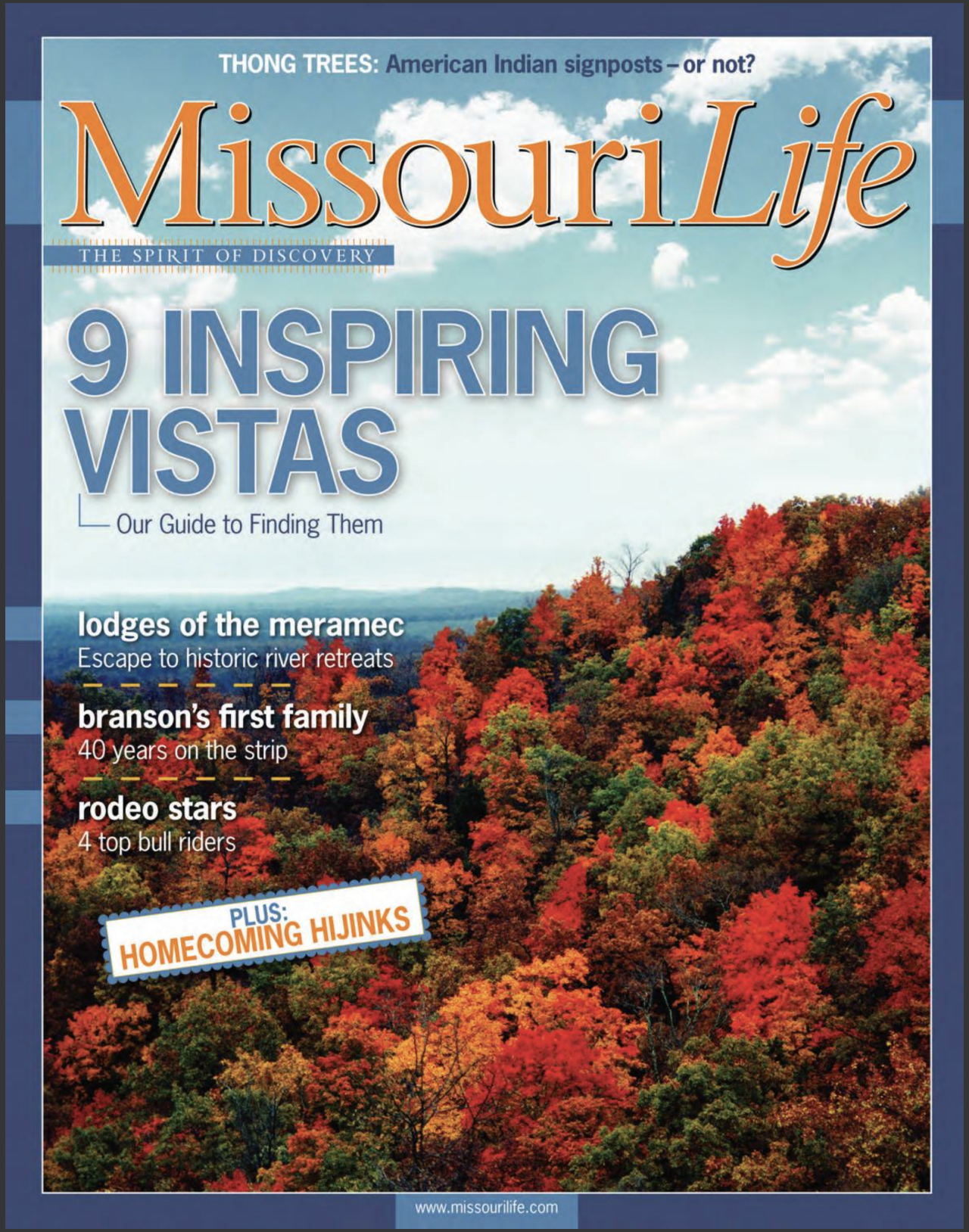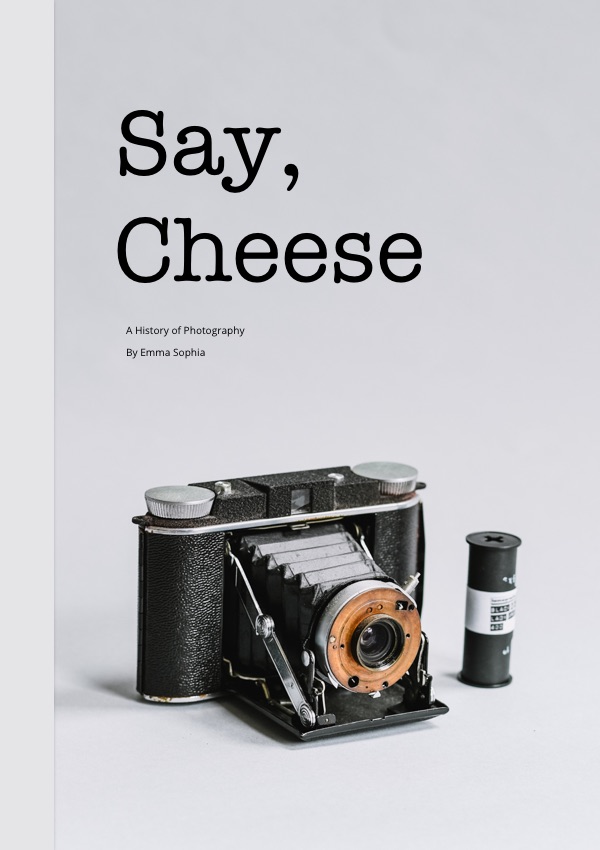The Latest from Nancy...
Field of Chives
From One Place to the Other
Child's Chair of the 1600's
Briggegickel
During my research I saw an old map view of the city of Frankfurt am Main that was engraved by Matthaus Merian, the father of Maria Sybilla Merian. On this map were the tiny figures of a (dark) crucifix with a (gold) rooster above it. This was placed to indicate the middle of the bridge where the river was deepest. The larger boats needed to stay in the deep section going under the bridge; if they chose one of the other arches they could easily have ended up stuck in shallow waters.
There is a legend told of this golden rooster, called by the old name of Briggegickel. It seems that each time a bridge was built over the river connecting Frankfurt with Sachsenhausen on the other side, before long it would be washed away by a flood. The city decided this time the bridge should be of stone. They hired an expert stonemason to do the job, then told him it had to be built in two days. He rounded up a crew and they went to work. He realized that it would not be done in time and was very worried.
A stranger appeared to the stonemason and said that he could get the bridge finished in time, and for payment he required only the soul of the first two-legged being to cross the new bridge. The worried stonemason, seeing hope for the first time, quickly agreed.
Early the next morning the stonemason awoke with a heavy heart. His shoulders slumped as he went to join the town council for the opening of the new bridge. He realized that, as the stonemason hired to build this bridge, HE would be the first to cross it. And he had agreed to exchange his soul for the completion of the bridge. He had made an agreement with the devil. Almost at the bridge, his footsteps slowed. He looked around and saw a rooster strutting nearby. He grabbed the rooster and ran to the edge of the bridge.
The devil was waiting at the other end. The stonemason tossed the rooster onto the bridge. The squawking rooster ran the length of the bridge to the other side. “There’s your two-legged being!” shouted the stonemason. And he leaped for joy because he had just beat the devil.
The stonemason told the city council what had happened; the story spread. A sculptured golden rooster was added to the crucifix on the bridge to commemorate how the stonemason had outwitted the devil.
The golden rooster and the dark crucifix can be seen today in the Historical Museum of Frankfurt.
Narrow Street
The Old Frankfurt City Hall
Eschenheimer Tower
Search for the Old City Continues
Ice Sculptures in Branson


My son-in-law and I spent the afternoon in Branson marveling at the creativity shown by all the sculptures there. Watching the artists at work was fascinating! The weather was way too warm, though, and made their job much, much more difficult. The bright sunshine was a major hazard; even an overcast day would have been better for them. I, however, was thoroughly intrigued watching how they added pieces and reattached parts that fell off.
Of all the tools the artists used–chainsaws, chisels, drills, etc.–the most unexpected was the ye ole household iron! The combination of applied heated board to one surface and dry ice to another seems to act as a glue when the two pieces are then put together.
This was the first time I have seen such an event. It will not be the last!
Frankfurt City Wall
Other Work
Chasing Caterpillars
The Life and Times of Maria Sybilla Merian
Maria Sybilla Merian (1647-1717) lived in a culture where women were supposed to marry, keep house, and raise children. So how, then, did her persistent involvement with caterpillars make such an impact on the world of science? This is her story.
Draft
Varius natoque penatibus et magnis dis parturient montes. Varius natoque penatibus et magnis dis parturient montes.
Missouri Life Magazine
Illustration
Gone But Not Forgotten — Missouri Life Magazine
Artist Profile: Jim Veronee
An article about a Missouri mural artist and his legacy.
I just couldn’t put it down!
– Dixie Simpson
Upcoming Events
September 8, 2018
ABC Books, Book Signing • Springfield, MO
1-3 pm
September 31, 2018
Draft, Book Reading • Los Angeles, MO
Lorem ipsum dolor sit amet, consectetur adipiscing elit. Vivamus et nisi mattis, bibendum mi vel, interdum urna. Donec in augue sed turpis hendrerit semper.
Coming Soon!
Available Aug 16, 2018
Missouri’s Best Known Resident, A Dog?
Non-Fiction
In the 1930’s Jim may have been Missouri’s best known resident.
My Writing Blog
Follow Along
Postale: Martinsburg. West virginia
Sent by Postale for iOS.
Postale: Maryland
Sent by Postale for iOS.
Postale: Good Morning Pennsylvania!
Sent by Postale for iOS.
Schedule an Event
events@nancybdailey.com
Contact Agent
publishing@nancybdailey.com
Contact Author
author@nancybdailey.com







Recent Comments